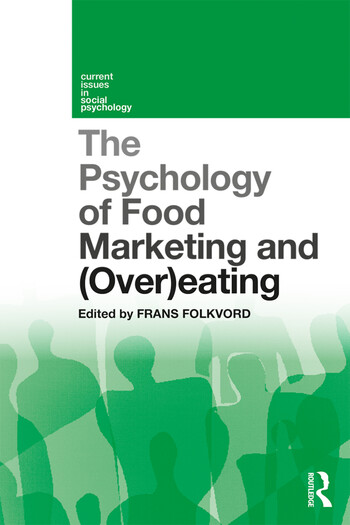The COVID-19 Pandemic Causes Eating Patterns in America to Take a Sharp Turn
Working from home, schooling at home, and preparing more meals means a departure from the norm

Annually, The NPD Group collects a year’s worth of data from its daily tracking of how US consumers eat away from and in home and compiles the topline trend into a report that’s been called "Eating Patterns in America" for the last 35 years. This year’s recently released Eating Patterns in America captures how in mid-March, the daily rhythms of consumers’ lives, including their eating patterns, were suddenly disrupted by the COVID-19 outbreak.
“With mandated shelter-at-home and restaurant dine-in restrictions across most of the country during the pandemic, we have had few options other than to prepare most of our meals at home,” says David Portalatin, NPD food industry advisor and author of Eating Patterns in America. “Working from home, schooling at home, and preparing more meals means more of our meal times are a departure from the norm, with most consumers describing their meals as atypical.”
Below are examples of how America’s eating patterns changed as a result of the COVID-19 pandemic:
• For several years, 80% of meals have been sourced from home and 20% sourced from restaurants and other foodservice outlets. During the pandemic, the gap has widened to as much as 87% of meals sourced from home.
• The use of online and digital orders for groceries and restaurant foods leapt years ahead in their growth trend trajectory. By May 2020, 40% of shoppers ordered edible groceries online versus 28% in May 2019. Consumers more than tripled their share of restaurant meals ordered digitally during the April-May-June 2020 quarter. Digital restaurant carryout made up the larger share of restaurant digital orders.
• Health and wellness needs were re-prioritized. Managing stress levels and maintaining a healthy home environment grew in terms of consumers’ health and wellness focus areas, whereas work/life balance and quality sleep, which were the top health needs, declined during the pandemic. As a means of coping with stress, consumers turned to more comfort foods.
• Restaurant dining, aside from drive-thru, carryout, and delivery, was turned on end by governmental mandates and restrictions during the pandemic. Visits to full service restaurants, which are primarily on-premises operations, declined nearly -80% during the height of the mandated dine-in closures. Quick service restaurants, already set up for drive-thru, carryout, and delivery, realized double-digit declines as well but not as steep as full service restaurants.
“To sum it up, I couldn’t have imagined when we released last year’s Eating Patterns in America that this year’s report would be telling the story it is, America’s eating patterns abruptly interrupted,” says Portalatin. “What a year it will be moving forward as we evolve our perspective and the effects of a global pandemic that has caused such tumultuous change. It is my profound hope that next year when we’re compiling the 36th annual Eating Patterns in America, we’re telling the story of recovery.”
www.npd.com
Looking for a reprint of this article?
From high-res PDFs to custom plaques, order your copy today!









